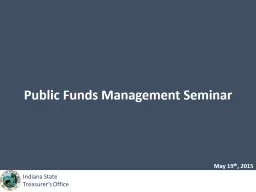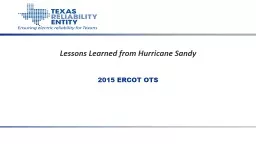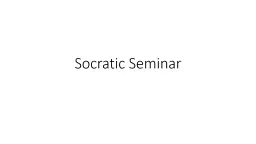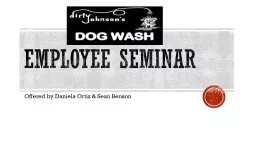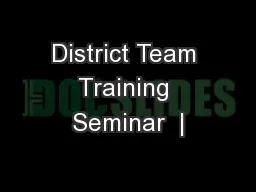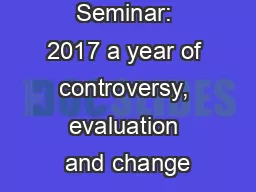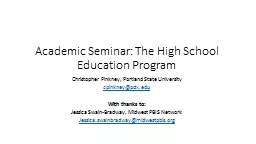PPT-Public Funds Management Seminar
Author : lindy-dunigan | Published Date : 2018-09-24
May 19 th 2015 Overview of the Day Part I The Treasurer of the States Office and Investments 1100 1130 Registration 1130 1145 Opening Remarks Welcome and Introduction
Presentation Embed Code
Download Presentation
Download Presentation The PPT/PDF document "Public Funds Management Seminar" is the property of its rightful owner. Permission is granted to download and print the materials on this website for personal, non-commercial use only, and to display it on your personal computer provided you do not modify the materials and that you retain all copyright notices contained in the materials. By downloading content from our website, you accept the terms of this agreement.
Public Funds Management Seminar: Transcript
Download Rules Of Document
"Public Funds Management Seminar"The content belongs to its owner. You may download and print it for personal use, without modification, and keep all copyright notices. By downloading, you agree to these terms.
Related Documents

